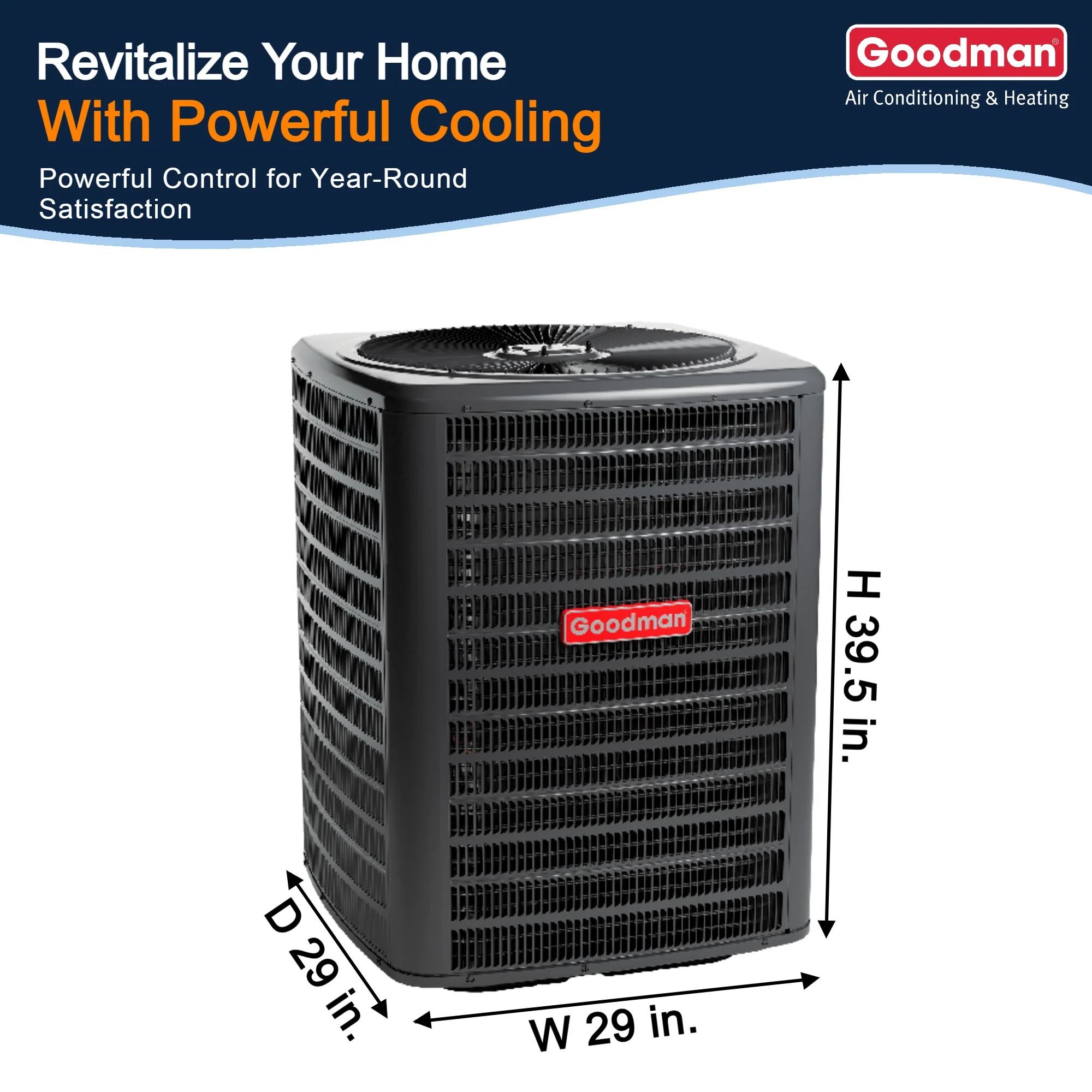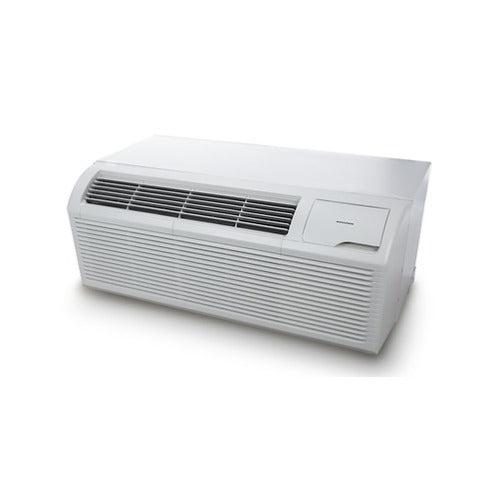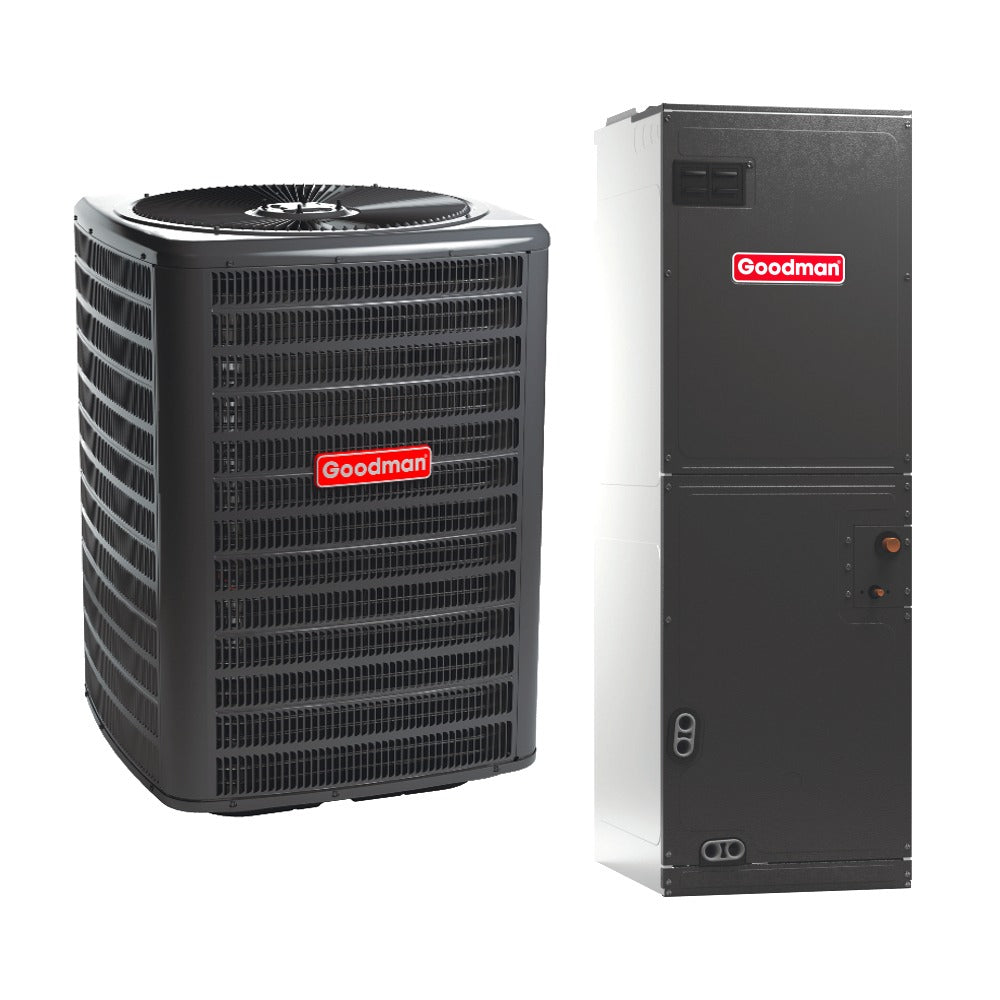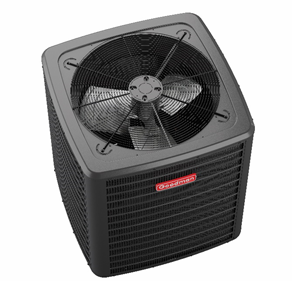Understanding R-32 Refrigerant: A Modern Solution
Introduction
As the demand for energy-efficient and environmentally friendly AC cooling solutions grows, R-32 refrigerant has emerged as a leading alternative in the HVAC industry. This guide provides a comprehensive overview of R-32, highlighting its benefits, applications, and relevance in modern air conditioning systems.
What Is R-32 Refrigerant?
R-32, or difluoromethane, is a hydrofluorocarbon (HFC) refrigerant commonly used in air conditioning systems. It serves as a replacement for older refrigerants like R-410A due to its superior energy efficiency and lower environmental impact. R-32 is a single-component refrigerant, making it easier to recycle and reuse compared to blended refrigerants.
Environmental Benefits
One of R-32's significant advantages is its low Global Warming Potential (GWP) of 675, which is substantially lower than R-410A's GWP of 2,088. This reduction contributes to decreased greenhouse gas emissions, aligning with global efforts to combat climate change.
Energy Efficiency and SEER2 Ratings
R-32 enhances the energy efficiency of HVAC systems, leading to improved Seasonal Energy Efficiency Ratio 2 (SEER2) ratings. Higher SEER2 ratings indicate better energy performance, resulting in lower energy bills and reduced environmental impact.
Understanding BTU
BTU, or British Thermal Unit, measures the amount of heat required to raise the temperature of one pound of water by one degree Fahrenheit. In HVAC systems, BTU ratings indicate the cooling or heating capacity of a unit. R-32's efficient heat transfer properties allow systems to achieve desired BTU outputs more effectively.
Safety Considerations
R-32 is classified as an A2L refrigerant, indicating low toxicity and mild flammability. Proper handling and installation by trained professionals are essential to ensure safety. ASHRAE provides guidelines for the safe use of A2L refrigerants, emphasizing adequate ventilation and leak detection measures.
Regulatory Framework
The U.S. Environmental Protection Agency (EPA) oversees the use of refrigerants through its Significant New Alternatives Policy (SNAP) program. R-32 is listed as an acceptable substitute for certain applications, provided safety standards are met.
Global Adoption
R-32 has been widely adopted in over 130 countries, with more than 280 million units utilizing this refrigerant. Its global acceptance underscores its reliability and effectiveness in various climates and applications.
Installation and Maintenance Best Practices
Proper installation and regular maintenance are crucial for the optimal performance of R-32 AC and gas furnace systems. Because R-32 refrigerant is slightly flammable (classified as A2L by ASHRAE), and operates at higher pressures than older refrigerants like R-22, it’s essential that professionals follow manufacturer guidelines, EPA regulations, and ASHRAE standards during setup and service.
Installation Best Practices:
-
Hire Certified HVAC Professionals: Only licensed HVAC technicians with specific training in handling R-32 refrigerant should install these systems.
-
System Sizing Based on BTU Needs: Before installation, technicians should perform a Manual J Load Calculation to determine the proper system size in BTUs.
-
Leak Prevention Measures: Since R-32 systems operate at high pressure, secure fittings, proper torque, and leak-resistant brazing are vital.
-
Ventilation and Safety Clearances: R-32 refrigerant requires adequate ventilation and adherence to local fire safety codes.
Maintenance Best Practices:
-
Annual Check-Ups: Routine inspections should include refrigerant charge levels, combustion efficiency of the gas furnace, filter replacement, blower motor function, and control board diagnostics.
-
Cleaning Coils and Filters: Dirty condenser coils and evaporator coils can significantly reduce a system’s energy efficiency.
-
Monitoring BTU Output: Technicians can use diagnostic tools to check whether the unit is producing its rated BTU output.
-
Safety Protocols with R-32: Because R-32 is mildly flammable, EPA regulations require leak detection systems in some commercial settings.
Conclusion
R-32 refrigerant represents a significant advancement in HVAC technology, offering enhanced energy efficiency, reduced environmental impact, and compliance with safety standards. As the industry continues to evolve, R-32 stands out as a modern solution for sustainable cooling and heating needs.
References
-
ASHRAE Refrigerant Designations: https://www.ashrae.org/technical-resources/standards-and-guidelines/ashrae-refrigerant-designations
-
EPA SNAP Program: https://www.epa.gov/snap/refrigerants
-
Daikin – Understanding R-32 Refrigerant: https://daikinatlantic.ca/2024/11/13/understanding-r-32-refrigerant-benefits-and-applications-in-modern-hvac-r-systems/







